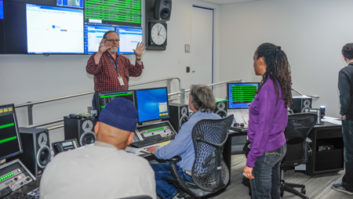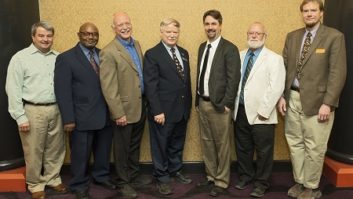 Affiliates of the public radio satellite system in the United States are in the process of completing a major receiver switchover.
Affiliates of the public radio satellite system in the United States are in the process of completing a major receiver switchover.
The project involved deployment of XDS headend hardware and the XDSv7 Content Management system from manufacturer ATX. “Collaboration with NPR was paramount in helping ATX enrich and improve its XDS Radio Platform with new and advanced enhancement,” said Jose Rivero, an executive with the company’s Media Broadcast business.
Radio World asked Michael Beach, NPR vice president of distribution, about this project in March.
RW: What was the scope of this project?
Michael Beach: More than 300 public radio stations interconnected through the Public Radio Satellite System (PRSS) installed two new ATX receivers. Those downlink sites in turn feed about 1,200 public radio stations throughout the country.
RW: What specific equipment is being swapped out or upgraded?
Beach: The specific equipment at the stations includes two ATX XDS PRO4S Integrated Receiver Decoders. The receivers are integrated with our proprietary software, ContentDepot, which enables content management, scheduling and automation integration. These ATX receivers are replacing two IDC 4104 Integrated Receiver Decoders at each station.
In addition, we’ve rebuilt our Network Operations Center (NOC) in Washington — the hub of our system — and made significant upgrades to our Backup Network Operations Center (BuNOC) in St. Paul, Minn.
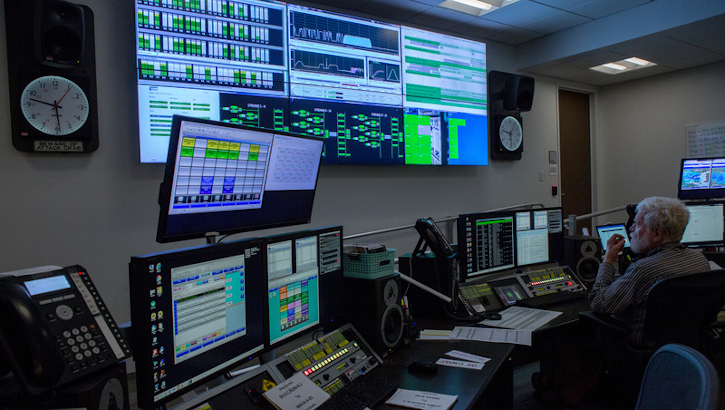
RW: What are the key benefits to stations of the change?
Beach: The new ATX system enables us to add new services immediately, and to add others over time with some additional development work.
For example, as soon as we implemented the new system, we were able to activate a backchannel internet connection. This allows instantaneous remote status monitoring by the NOC at NPR headquarters. That means we know immediately if a station is having signal issues or has gone offline.
Another feature of the new PRO4S receivers is that they will automatically receive a feed across the internet in the event that the satellite signal is lost for any reason.
The receiver also helps NPR consider future bandwidth-delivery options over terrestrially-based networks. Using the new system, stations can not only subscribe to national radio content, but also schedule when the content will be played out of the receiver locally.
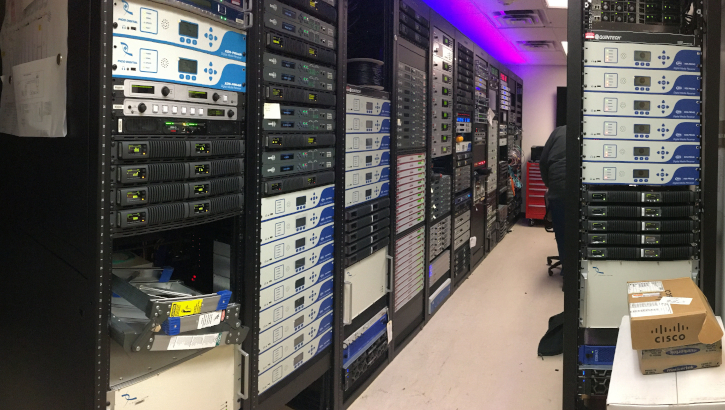
RW: We heard that there were some bumps along the way. What problems cropped up and how were they resolved?
Beach: The scale of this project was huge. It included a rollout to all public radio stations in the network and required a large equipment change at our main and backup facilities.
The effort required careful planning and execution because it involves an overhaul of equipment, software upgrades and working with almost 400 organizations, many in different time zones. This all needed to be coordinated while running a network 24/7, and a switchover to the new system without causing any stations to go off the air.
Then add a pandemic, just before we planned to ship the receivers.
[Read: Tiny Desk Series Works From “Home”]
The effect of the pandemic meant that many organizations closed their physical stations and moved staff to work remotely either for weeks or months. Many are still working remotely. Since station engineers were working remotely, deliveries had to be delayed until last fall, and then installations were delayed.
Each public radio station is independent of the network, so local station technical designs vary. This means that the receivers require a different, unique effort to fully integrate into each broadcast station’s audio chain.
In some cases, local engineers may have waited until late in the transition phase of the project when we offered both the old and new interconnection systems side by side in dual operations. If the integration effort required more than the local station engineers envisioned, then wrapping up the work in time for the completion of dual operations on Feb. 26, became a challenge for some. We continue working with individual stations that did not complete their integration on time.
Our project management office and account reps worked tirelessly to determine workarounds and time-saving options with our engineers.
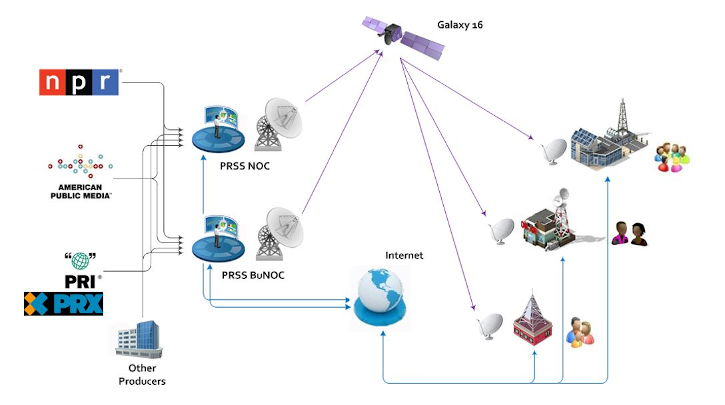
For example, the pandemic meant we needed to delay travel to complete installation work at the BuNOC in Minnesota, too. When our engineers were finally able to travel, they drove nonstop from Washington to St. Paul to be as careful as possible and avoid nonessential interactions.
Our engineering team adjusted their schedules, too, making improvements in our NOC and also guiding engineers who were able to get into their stations through installations. Our NOC technicians and help desk adapted to phone and Zoom calls to try to make this transition as smooth as possible. Station leaders across the country and their engineers continued to be terrific, understanding, and patient partners throughout the project. That’s gratifying, especially considering that they each had challenges they were dealing with in their worlds, too.
It’s been an amazing team effort across the entire PRSS, and a reason that we’re such a strong network of technology and people.
RW: What is the budget for this project and who bears the cost?
Beach: The project is part of a four-year, $25.8 million contract between NPR as the system operator and the Corporation for Public Broadcasting. The cost of operating the system is funded by the users — public radio stations and public radio content producers. The total scope of the contract includes the local receivers, a major revamp of the main and backup technology in Washington and St. Paul, lease of satellite bandwidth for content delivery, and replacement of some aging satellite antennas at local radio stations.
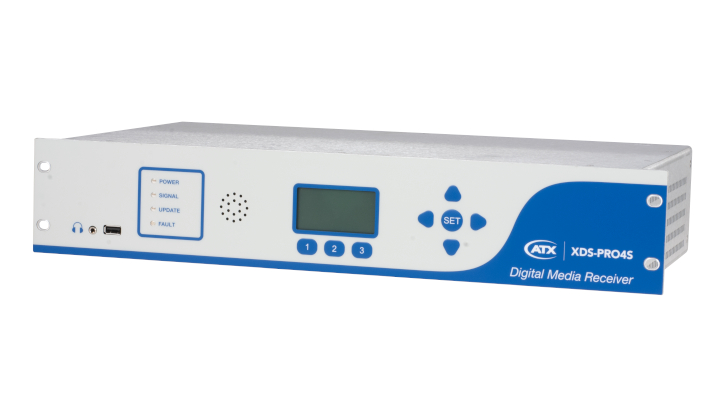
RW: What is the expected lifespan of a new deployment of receivers across the U.S.?
Beach: The station receivers have an expected life span of four to five years. However, NPR is maintaining a limited inventory of replacement receivers, and has an arrangement with the system vendor for repair or replacement as needed.
RW: What else should we know?
Beach: The new total network design allows the PRSS to provide better service to stations through a network monitoring system to help troubleshoot local receiver issues 24/7. The ATX system also better positions the system for network topology changes — including the transition to a terrestrial delivery system as those costs become more affordable.
Stations now have increased flexibility to create multiple unique playout schedules from the receiver, including the ability to time delay live content. We’re also working closely with stations who are offering ideas about new features they’d like to see.






